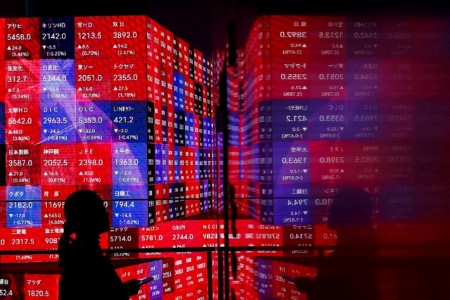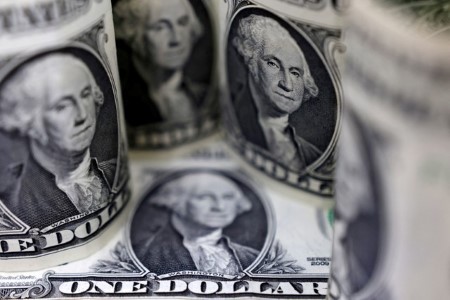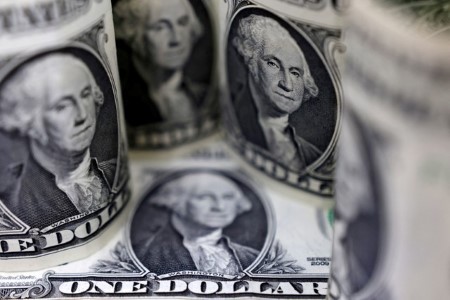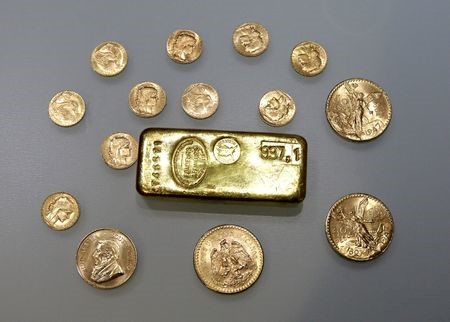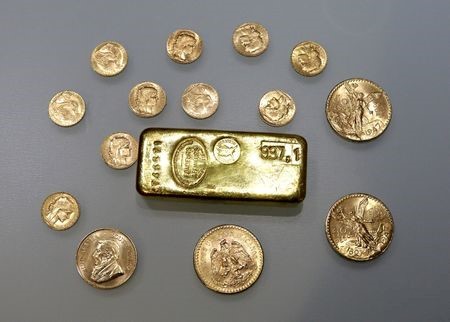Stocks around the world on Monday continued from where they left off on Friday, stemming the tide of last week’s selling as investors squared positions ahead of a wave of market-moving economic data, policy decisions, and earnings reports later in the week.
There doesn’t appear to be much on the immediate horizon to give Asian assets a strong steer on Tuesday – Wall Street was mixed, the dollar climbed and Treasury yields dipped – suggesting regional markets will be relatively well-supported but range-bound.
Japanese labor market data, housing and retail trade figures from Australia, and a sprinkling of earnings reports, including Standard Chartered, Nomura Holdings, and Samsung are the main regional events that investors will be looking out for.
Asian equities appear to have stopped the recent rot, with some benchmark indices on Monday chalking up their best day in two weeks – the MSCI Asia ex-Japan index rose 0.7%, the Hang Seng rose 1.3%, and Japan’s Nikkei jumped 2.1%.
That was the Nikkei’s best day since April – an impressive bounce from a three-month low, but it did follow eight straight down days, its worst run in almost three years.
Can Asia take heart from the US and world stocks’ performance on Monday?
The recent rotation out of US Big Tech into small caps stalled, with the Russell 2000 heavily underperforming tech and the Nasdaq more broadly. The S&P 500 barely rose 0.1% – a tiny gain, but the first time in two weeks that the index has risen two days in a row.
The Bank of Japan’s policy decision on Wednesday looms larger over Japanese assets. Sources have told Reuters that a rate hike will be discussed and policymakers may also unveil a plan to roughly halve its bond purchases in the coming years.
Money market pricing on the BOJ’s move on rates still leans toward a 10-basis point hike but tightening will be slow – barely 20 bps of rate hikes are priced in by year-end.
If policy ‘normalization’ in Japan is that gradual, the yen will struggle to get much upward traction from Tokyo. It might get more of a boost from the US Federal Reserve and other central banks cutting rates more aggressively than markets currently expect.
US rates futures traders are betting that the Fed will stand pat on Wednesday, begin easing in September, and cut rates by around 65 bps before the year is out. The Bank of England meets on Thursday, and could cut rates.
The dollar rose to a two-week high against a basket of major currencies on Monday, nudging through 154.00 yen as Wednesday’s Fed and BOJ meetings draw closer. Asian FX markets are mostly subdued, while China’s yuan is also taking a breather.
Here are key developments that could provide more direction to markets on Tuesday:
– Japan unemployment rate (June)
– Australia building approvals (June)
– Samsung earnings (Q2)
(Reporting by Jamie McGeever)







 DOWNLOAD
DOWNLOAD




